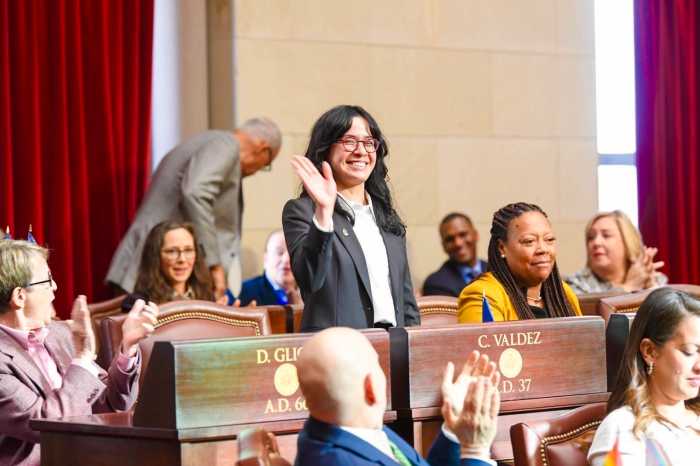For years, New York City’s elected officials and agency leaders tried to address New York’s homelessness crisis in a silo, separate from the city’s housing plan. As a result, we saw fewer housing options for those in most need and a growing number of our fellow New Yorkers without a place to call home.
In reality, it is impossible for our City to tackle the housing crisis without a clear picture of who is homeless. In addition to the close to 50,000 people in Department of Homeless Services shelters, we must include women and children in domestic violence shelters, teens housed by Department of Youth & Community Development, New Yorkers in Housing Preservation & Development shelters. It is also impossible to combat homelessness without addressing how the criminal legal system serves as an underlying barrier to housing. Without this full recognition of the ways these challenges intersect and diverge, any response to the crisis cannot be as effective as it could be.
At last, the Mayor’s “Housing Our Neighbors: A Blueprint for Housing and Homelessness” offers a unified approach unlike any previous housing plan and rightly draws attention to the most housing insecure – New Yorkers systematically cut off from housing because of previous involvement in the criminal legal system. This is underscored by the fact that the administration took the time to hear from those impacted by the criminal legal system directly and incorporate their experiences into solutions.
The Mayor’s blueprint affirms the framework that we at Trinity Church Wall Street and our partners have long used: housing is a crucial foundation for individual and family well-being. Furthermore, improving access to stable, affordable housing dramatically increases the likelihood that a person leaving prison or jail will better connect with family support, find and retain employment, and positively contribute to their community.
Too often, New Yorkers returning from incarceration find that their conviction history prevents them from accessing stable housing, social services, health care and employment. These are the basics we all need to live productive lives and without them, justice involved New Yorkers are left with little to no options. The prison to shelter pipeline phenomenon is a significant contributor to street homelessness. An effective response requires both the building of more supportive and extremely low-income housing and immediate legislative action.
There’s no better place to start than with the Fair Chance for Housing Act, which would prohibit housing discrimination on the basis of arrest or conviction record. Though the bill did not come for a vote last year, it had strong support within the previous City Council.
The Adams administration understands the impact of city policies on the prison to shelter pipeline too as it writes in the blueprint: “homelessness puts individuals at greater risk of contact with the criminal justice system and increases the likelihood of being formally punished for minor infractions and crimes of survival.” The plan also recognizes how barriers to housing for those who were system-involved leads individuals to “end up in a constant cycle between shelter and jail/prison.”
The blueprint asserts that the administration “will work with partners in the City Council to pass local legislation creating new anti-discrimination protections for New Yorkers with criminal justice histories.” While these acknowledgements are encouraging, it is time for action. The City Council must promptly re-introduce and pass the Fair Chance for Housing Act and the Mayor must sign it into law. Finally doing so will give justice involved New Yorkers a real chance of finding stability and living with dignity.
No crisis as intractable as homelessness and housing instability can be addressed by the government alone. The Adams administration’s blueprint is a signal to all parts of our civic community, including faith institutions, that we all have an active role to play. At Trinity Church Wall Street, we look forward to working with the mayor, Speaker Adrienne Adams and the current City Council to make this plan a reality. Re-introducing and passing Fair Chance for Housing is an essential place to start.





































